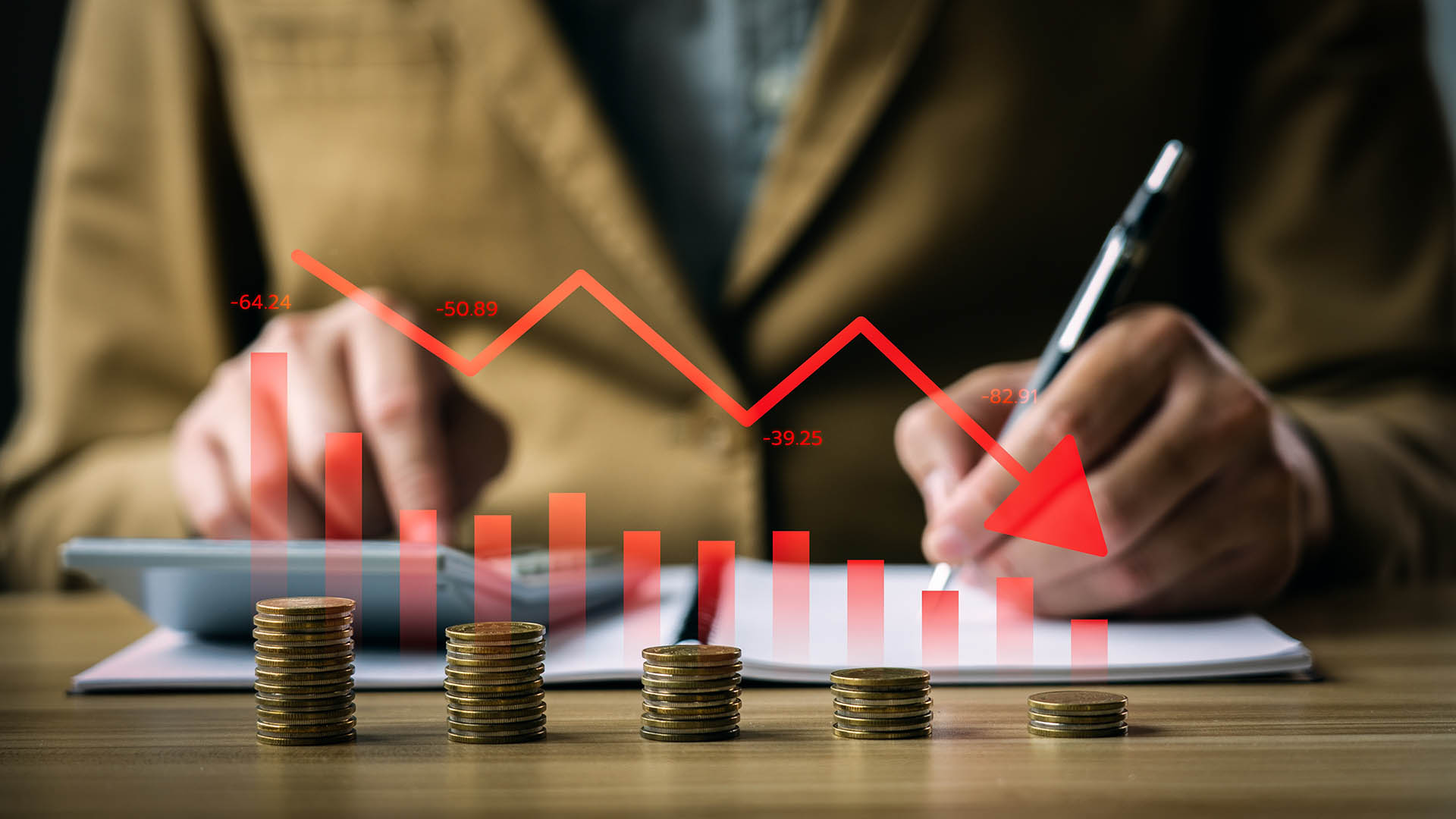Global economic growth continues to bumble along in low gear – even in the US where third-quarter growth was an annual 2.1%, down from just over 3% earlier in the year.
Most governments in developed economies have been reluctant to stimulate – Australia is no different – and have left it to central banks to flog monetary policy as hard possible towards quantitative easing with policy moves such negative interest rates and bond-buying.
But there are some governments starting to move.
Central banks meet in Australia and India (RBI) this week – with a rate cut not coming from the former but one is possible from the RBI.
Later today the weakness in the South Korean economy will be underlined with the final estimate of third-quarter GDP. That will form the basis for the expected major stimulatory package from the central bank in less than two weeks.
Japan is about to spend over $A100 billion on a new package, China continues to bring forward billions of dollars of spending on infrastructure (and saw manufacturing rebound surprisingly into positive territory in November)
In our part of the world most notably New Zealand where the country is planning a major expansion of spending on new infrastructure on December 11 in its half-year economic update.
Year-on-year GDP growth slowed to 2.1% in the second quarter, the lowest since 2013, hurt by weak business confidence, the sluggish Chinese economy, international trade tensions, and Brexit.
The full size of the package and projects involved would be revealed in the update is likely to be in the range of billions of dollars.
Finance Minister Grant Robinson said on Saturday the NZ Cabinet had agreed in recent weeks to bring forward a package of infrastructure projects into the Government’s “short and medium-term” programme of investments.
“We are currently finalising the specific projects that the package will fund but I can tell you this – it will be significant,” he said.
“Right now, we can borrow at an interest rate of 1.3% for 10 years. Just think about that for a minute,” Robertson said. “We have the lowest borrowing costs in New Zealand’s history, so it is time to invest.”
The same point has been made to the Morrison government in Australia but has fallen on deaf ears as we will see in our mid-year economic update later this month (as close to Christmas as possible).
In Japan the Abe government is putting together a large-scale economic stimulus package with fiscal spending exceeding $US92 billion, the Nikkei newspaper reported on Saturday.
Japan’s economic growth slumped to its weakest in a year in the September quarter as soft global demand knocked exports, stoking fears of a recession. Some analysts also fret a sales tax hike in October could cool private consumption – and retail sales fell to the lowest growth level in four years in October as a result. That dip was expected though.
Gross Domestic Product (GDP) in Japan grew 0.1% in the three months to September from 0.4% in the previous quarter (for an annual rate of 1.3%).
Prime Minister Shinzo Abe’s administration will finalise the package this week after consultations with the ruling coalition, the Nikkei reported
Fiscal spending under the package will likely exceed 10 trillion yen, which will be funded by a supplementary budget for the current fiscal year ending in March 2020 and next year’s annual budget, the newspaper said.
The reports said the package will include spending for disaster relief, infrastructure building and measures to help companies boost productivity.
And from the EU, which is still being dominated by Brexit and the gradual slide in the UK economy, good news – for Ireland – which has regained its double-A sovereign debt rating for the first time since its terrible banking and financial crisis a decade ago.
S&P Global took the lead among credit agencies in raising its rating a notch for what has been the EU’s fastest-growing economy.
When Ireland lost the confidence of bond markets as a banking and fiscal crisis forced it into a three-year international bailout in 2010, ratings groups slashed its credit standard – in fact Moody’s downgraded the country’s debt to non-investment grade.
In its upgrade, S&P cited what it called prudent policies and strong growth when nudging the country’s credit ratings to ‘AA-/A-1+’ from ‘A+/A-1’, with a stable outlook.
Ireland’s upgrade compares to the UK where Moody’s has put its AA2 rating on a negative outlook because of the rising uncertainty caused by Brexit. Moody’s cut the UK’s AAA rating back in 2013 and cut it further in 2017.
The irony of Ireland’s upgrade is that S&P doesn’t see the country’s credit standing being badly impacted by Brexit, even though Ireland is the economy most exposed to the impact of the departure more than other EU economy.













